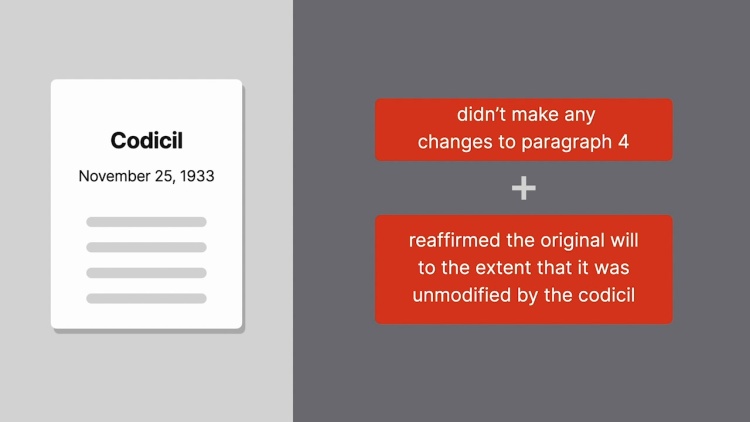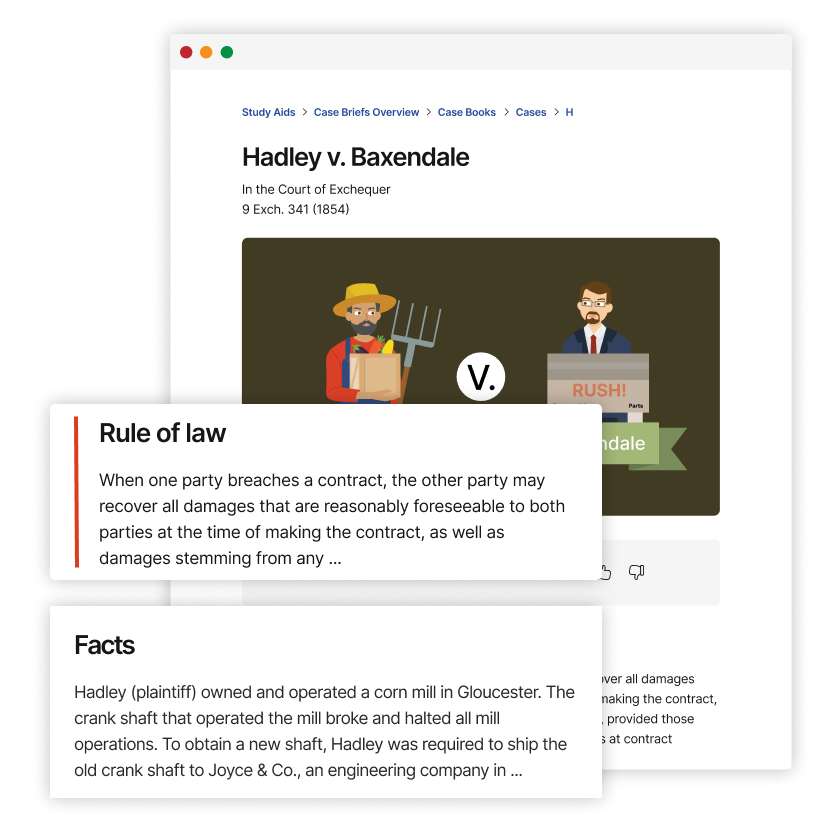Simon v. Grayson
California Supreme Court
102 P.2d 1081 (1940)
- Written by Jamie Milne, JD
Facts
In a will dated March 25, 1932, S. M. Seeligsohn left $6,000 to his executors with instructions to distribute the funds according to directions provided in a letter addressed to them and dated March 25, 1932. Seeligsohn executed a codicil to his will on November 25, 1933. The codicil did not reference the distribution provision or the letter. It did, however, reaffirm that the will remained in effect except as expressly modified by the codicil. After Seeligsohn’s death, the will, the codicil, and a letter to his executors were found in Seeligsohn’s safe deposit box. However, the letter, which referenced the will provision and described the intended distribution of the $6,000, was dated July 3, 1933, not March 25, 1932. No other letter was found. The 1933 letter instructed the executors to distribute $4,000 to Esther Cohn. Cohn died shortly after Seeligsohn, before payment was made. Cohn’s executrix, Blanche Grayson (plaintiff), claimed the $4,000. Seeligsohn’s residuary legatees (defendants) challenged Grayson’s claim. The legatees argued that Seeligsohn’s will did not properly incorporate the letter by reference and, because the incorporation was ineffective, the $6,000 should pass to the residuary legatees as part of Seeligsohn’s residuary estate. The trial court concluded that the letter was properly incorporated and was therefore effective. The residuary legatees appealed.
Rule of Law
Issue
Holding and Reasoning (Waste, C. J.)
What to do next…
Here's why 899,000 law students have relied on our case briefs:
- Written by law professors and practitioners, not other law students. 47,000 briefs, keyed to 994 casebooks. Top-notch customer support.
- The right amount of information, includes the facts, issues, rule of law, holding and reasoning, and any concurrences and dissents.
- Access in your classes, works on your mobile and tablet. Massive library of related video lessons and high quality multiple-choice questions.
- Easy to use, uniform format for every case brief. Written in plain English, not in legalese. Our briefs summarize and simplify; they don’t just repeat the court’s language.





